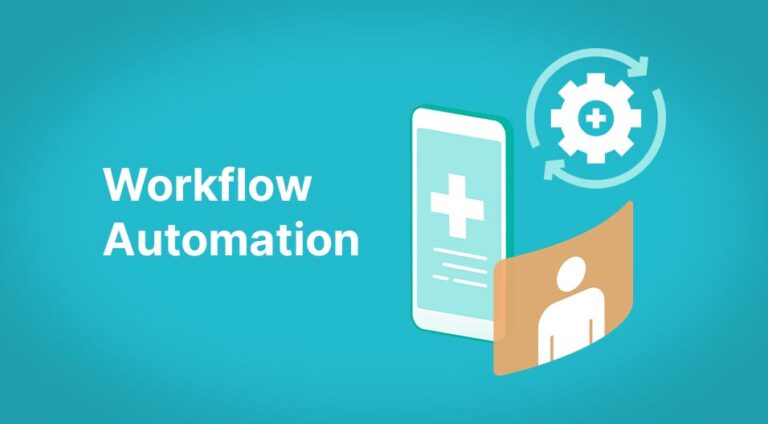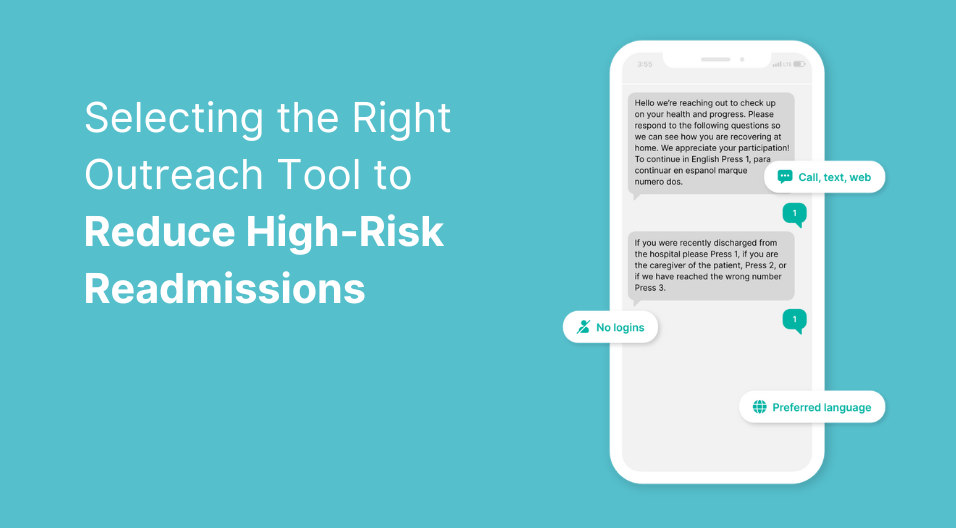We’ve written extensively about the need for automation in healthcare, across pre-care, point-of-care and post-care settings. As health systems continue to face economic pressures and widespread staff shortages, Self-Service Rounding has emerged as a way to partner with patients and allow them to self-report feedback in real time. Empowering patients to determine how and when they share feedback can enhance satisfaction, foster trust in the healthcare system and improve resource allocation — so staff can connect directly with individuals based on their personal responses.
How Self-Service Rounding Works
Self-service rounding allows health systems to:
- Provide flexible entry points with a QR code or SMS from patients’ personal devices
- Engage patients with personalized questions in a conversational manner
- Alert care providers about issues and complaints for faster service recovery
- Prioritize rounding list based on self-rounding insights
Providers can unburden their staff during a time when the U.S. has lost about 100,000 registered nurses during the past two years alone, and over 600,000 have reported an intent to leave their positions by 2027. With Self-Service Rounding, remaining staff can round more efficiently, since they don’t have to round on every single patient every time. Instead, they can respond to the patients who need assistance in real-time.
This creates the visibility into patient experience that was missing. Staff can now identify areas in need of improvement, effect change and improve patient satisfaction. Staff well-being is enhanced as a result, allowing nurses to:
- Engage patients at key moments while reducing staff hours by offloading manual tasks
- Have more time to connect with individual patients, instead of rushing through rounds
- Receive positive feedback, recognition and kudos directly from the patient
At the same time, patients can be active agents in their own care. Questions asked via Self-Servicing Rounding, completed on their own personal devices, lets patients:
- Give feedback at their convenience, instead of waiting for a round or post-discharge outreach
- Answer questions relevant to their specific background and touch points in their journey
- Be seen holistically, with insights paired from in-person and self-rounding
Why Self-Serviceability, Why Now?
Self-serviceability is applicable across clinical settings, such as inpatient units, emergency departments and ambulatory care centers. It creates convenience for staff and patients alike — staff can save time by prioritizing rounding efforts based on patient responses, and patients are empowered to take control of their own healthcare experience.
As we’ve seen, patients are acting more like consumers and comparing their healthcare experiences to the ease and autonomy with which they navigate within other industries, from self-checkout at grocery stores to completing banking transactions on their phones. Further, patient-consumers want their experiences to be tailored to them — 71% of consumers expect companies to deliver personalized interactions and 76% get frustrated when this doesn’t happen.
With that said, the current state of patient rounding across the sector leaves much to be desired. Staff shortages have meant that nurses simply do not have enough time to round on all patients frequently enough. Staff themselves are exhausted and burned-out, with rounding perceived as a “negative task.” There are language barriers with non-English speaking patients, leading to lack of clarity, connection and hesitancy by patients to share their feedback. In place of the standard set of questions for all patients, asked at every round, more personalization is needed to support each patients’ unique circumstances.
In general, staff do not have a pulse on what’s happening at the bedside. They need better visibility into their patients’ experiences — what’s going well or poorly at key moments — so there’s time to respond and regain patients’ trust.
Ultimately, Self-Service Rounding is another necessary approach to patient-centered care. Providers and staff can prioritize patient needs and preferences in real-time, offer the digital convenience patients have come to expect in other aspects of their lives, and foster trust in the health system. And with patients in the driver’s seat, they’re more likely to be connected and engaged, leading to improved patient loyalty, satisfaction and health outcomes.











